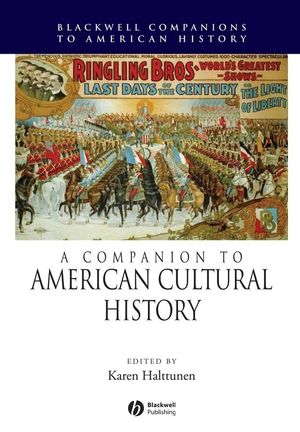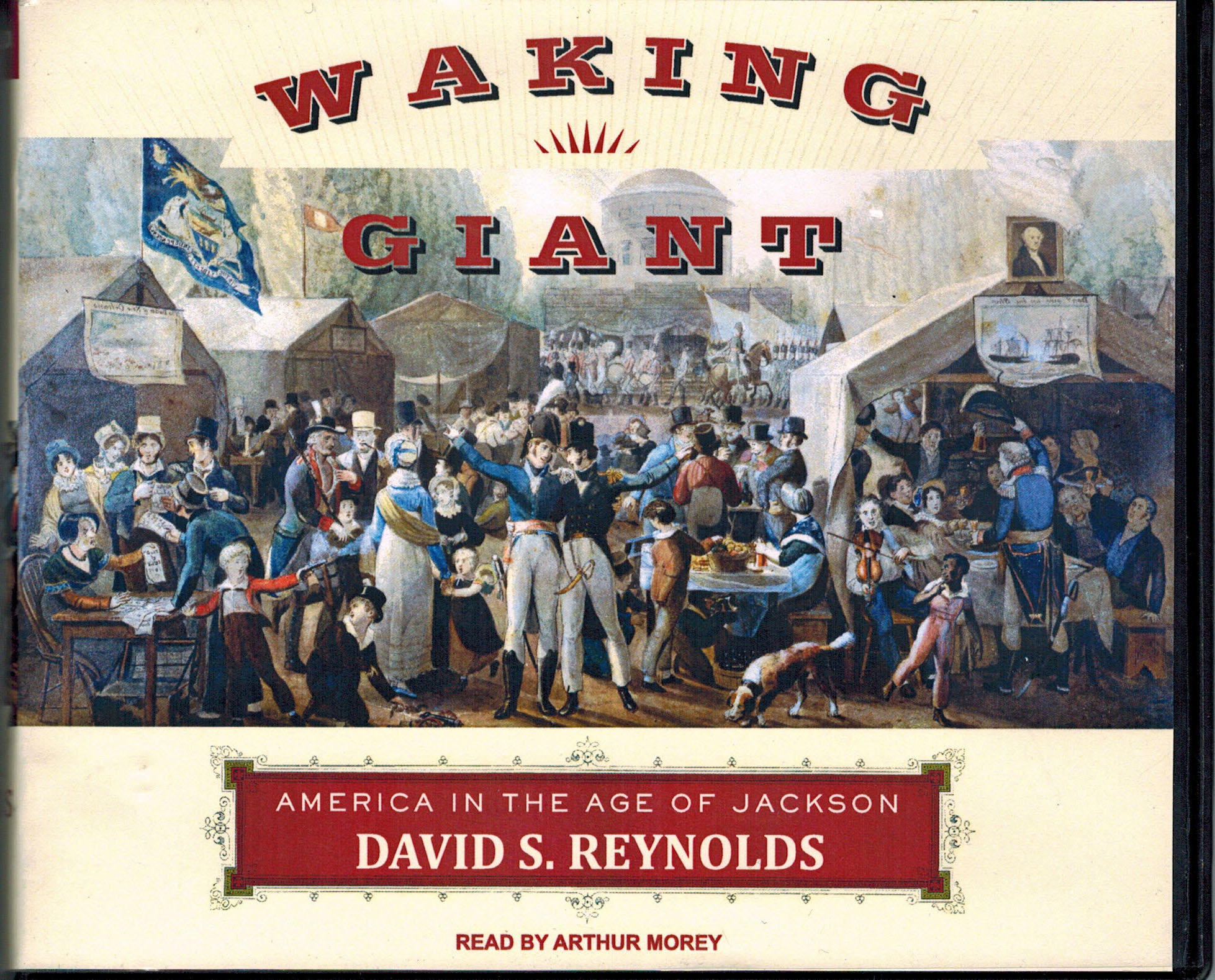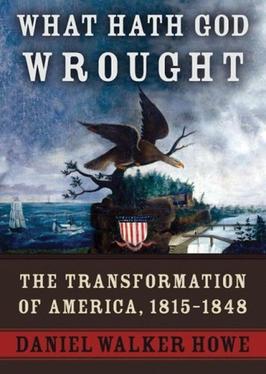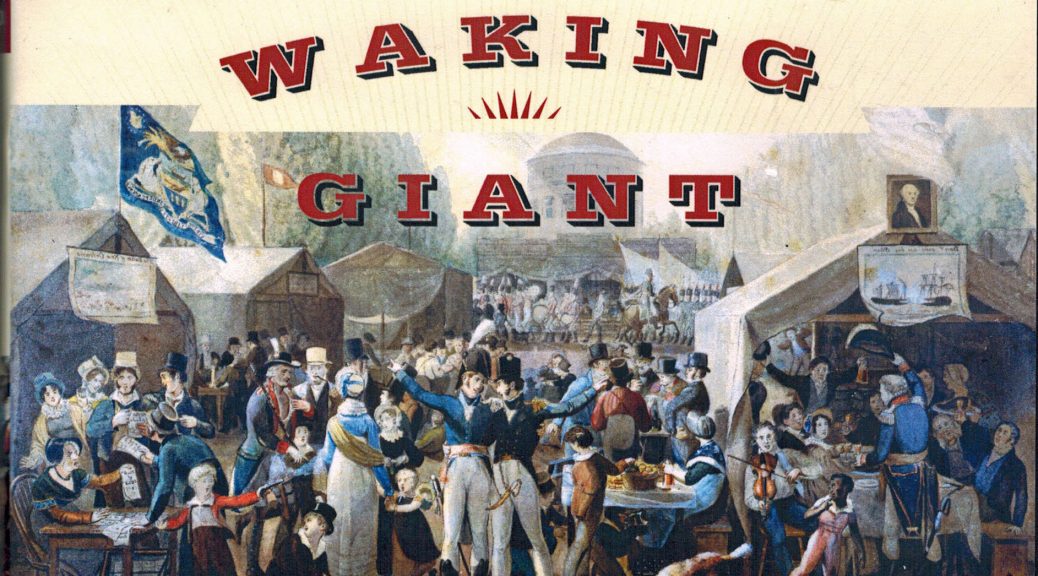This is an area of study I had no idea existed, wanted to pursue, and was then told there would be no jobs all in about 3 months time. Of course, the job field isn’t exactly a tyranny of choice these days for anything else either.
The background subsections are here to give me false hope about productivity and quick blog posts. The bulk of this section was collections, anthologies, and companions. In that sense they aren’t much for the reviewing process as they outline the state of the field and then offer the best (in their opinion) sources to understand why the field is in that shape it’s in. American Exceptionalism works to deconstruct the phrase in order to understand what it meant to those in the past and less about what it means to us. If there is anything that I have learned, either through study or life, it is that it doesn’t necessarily matter if something is true, what matters is how people react to the idea that it is (the corollary of this is also true). 
That being said all the relevant chapters include books that are on the list and will be included in future posts as well as books I am familiar with from my time as a graduate student is just “History.” Specifically mentioned were books The Shopkeeper’s Millennium and Wages of Whiteness both of which were part of an “Age of Jackson.” Other essays were written by authors that constituted most of my readings from Art History.
What do they say about American Studies? Some that it was inevitable others that is might by unfocused. “Practical dilettantes” I think was my favorite phrase. I still can not figure out why working across disciplines is either novel or revolutionary. How can you piece together any historical event without understand the people, places, and things involved in its construction. It goes far beyond who was president and has much to do with what the public was reading, watching, gossiping, and more often then not, concern for their (and other’s) salvation.

You can study American History, American Literature, Religion, Women and Gender, etc and you can become an expert on describing whatever part of the elephant you’ve chosen (been assigned). It isn’t even as if we have institutions in place to allow these people to talk to each other in order to provide a broader context. No. We allow them to talk amongst themselves at conferences setup for their specific work. From what I see and understand American Studies was the first semi-successful attempt to fight this mutual admiration society plague. It is also something that I have been employing in my own work as well. It doesn’t hurt that one of my professors is an American Studies PhD.
To visualize this process think of a round room with windows looking out into every conceivable direction. Each window has a shade (or a venetian blind, if that’s your thing). Going through straight history you have a chosen window to look through. If you work on fringe areas or across set “times” you may get to peak out either of the adjacent windows. History of Science folks get opposing windows (think of it like a color wheel) and might accidentally get to see out someone else’s window. American Studies folks get to move around the room in its entirety looking through any window they wish with the great privilege of enjoying the view or closing the blinds again. The more ambitious might set up mirrors in the room so they can look out their window and the one behind them at the same time. I seem to have fallen into the arc of studying American Cultural History of Science. This means I have entered the room, ripped all the blinds down, left the door open, and raised all the windows so I can yell to other towers.

That Age of Jackson course I mentioned was one of the better courses I took in college. The arguments about what to call the period, while not entirely irrelevant, tend to miss the point about the importance of the “Era of Good Feeling.” Jackson was the president of the common man. This means the common white man. There is absolutely zero ambiguity here. The problem seems to stem with the “marketing” of that period now to historians who aren’t white men.

Some of the complaints I found about David Reynolds’ Waking Giant was that it simply retold everything that had been done to date by Schlesinger, Sellers (Charles, not Peter), and Watson, and he does, but it needs to remain part of the conversation. I don’t think any historian writing today believes the “Age of Jackson” as benign. But just because the period was more nuanced doesn’t mean you let the classic narrative stale while the rest of the facets get brought into more recent scholarship. You are swinging the pendulum to far in the other direction, and if it isn’t fair to ignore all the outliers then how can you structure a narrative without the major movers an shakers.
I still have the readings from that old Age of Jackson class and between reading this and What Hath God Wrought I pulled many of them out. I liked them specifically because they were assigned primary sources and we worked through what they meant, we didn’t argue about what other people thought they meant. This should *not* be a novel way to teach history. I distinctly remember reading through my binders during lunch at work when someone asked what I was reading. I showed them half of the paper and said ” These are documents sent to the American Government by Indians saying they have the right to exist, and these (showing the other half) are from Andrew Jackson and his representatives saying that they don’t.” Reynolds’ approach to his antebellum history follows the same lines with updated scholarship and it was fortuitous that I read it first to review what I understood about the period.

It wasn’t actually fortuitous it was practical because Waking Giant is half the size of What Hath God Wrought. As I said this was a one or the other setup but since I was ahead of schedule on my readings and that invariable sets off my self-sabotage systems I wanted to tackle them both. And why not? This is one of the most interesting periods in American History.
David Howe’s What Hath God Wrought is summarily a bible for antebellum history. It, as we will come to see, is the epitome of American Studies crossing discilpine boundaries to look at culture, literature, art, politics, socio-economic, and more than a bit of biography. That being said it is a huge pro-whig book. This is why it serves to “balance” the standard Age of Jackson discussion by imbalancing in the opposite directions. I honestly think he wanted to write a biography of John Quincy Adams, but as a genre biography is frowned upon by the establishment, so he went with this behemouth. He spent a good deal of time talking about the Amistad case as well which seems like a good time to share this again.
The great strengths of the book are the arguments against the ideas of market or even solely technological revolution. Throughout he takes great pains to deconstruct ye olde theories and reveals that the market was constantly changing before the expansion and while railroads could count as either one of the above revolutions they were part of a larger whole. Think of it as “if everything was a revolution then nothing was.” Except Howe’s concluding chapter dealing with the women’s rights revolution being the most important of 1848.
Know that if you read either just Reynolds or Howe you will almost literally get half the story behind the massive amounts of change as American influence (and land ownership) stretch from Appalachia all the way to the Pacific. As someone who grew up in Tyler County, Texas that is next to Polk County, the chapters on Texas Annexation and expansionism were the most interesting. For a wide ranging book Howe was able to go surprisingly deep into the altercations in the Southwest that led to varying outcomes and war with Mexico. Seeing his comparison between a US Map of 1848 and a Map of the US “as Polk would have have it” was an incredible piece of visual aid. Additionally, many of the images chosen for the book (that weren’t political yearbook-esque) were paintings that I have blogged about from my art history courses.

This is the background for the next few weeks of reading and some of my favorite books and authors will be discussed. More literature than I have taken in a while and it will be interesting to see how some of these works tie together across the disciplines and across the dates they were published.

